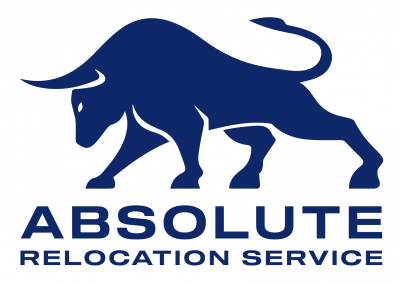Moving long distance across state lines from North Carolina involves a series of well-coordinated steps to ensure a smooth transition. Whether you’re moving to a neighboring state or across the country, here’s a guide to help you plan and execute your move:
1. Early Planning
- Start Early: Begin preparations at least 2-3 months in advance. This gives you ample time to organize and manage various tasks.
- Moving Checklist: Create a comprehensive checklist to keep track of all necessary tasks.
2. Choosing a Moving Company
- Research Movers: Look for reputable moving companies with experience in long-distance relocations.
- Get Quotes: Obtain estimates from multiple companies. Compare their services, prices, and reviews.
- Verify Credentials: Ensure the movers are licensed for interstate moves and have valid USDOT numbers.
3. Budgeting
- Cost Estimation: Calculate the costs of moving, including packing services, moving insurance, and additional fees for bulky items.
- Unexpected Expenses: Set aside a contingency budget for unforeseen costs.
4. Packing and Inventory
- Declutter: Sort your belongings and decide what to take, sell, donate, or discard.
- Systematic Packing: Begin with non-essentials and gradually move to daily-use items. Clearly label all boxes.
- Inventory List: Maintain an inventory of items being moved, particularly valuables.
5. Address and Utility Management
- Address Update: Change your address with the U.S. Postal Service, banks, insurance, and other important institutions.
- Utility Transfers: Schedule the disconnection of utilities in North Carolina and set them up in your new home.
6. Legal and Administrative Tasks
- Important Documents: Keep important documents (birth certificates, passports, etc.) in a safe, easily accessible place.
- Vehicle Registration and Driver’s License: Research the requirements for updating these in your new state.
7. Moving Day Preparation
- Essentials Box: Pack a box with items you’ll need immediately upon arrival (toiletries, a change of clothes, important documents).
- Confirm Details: Double-check the moving date, time, and details with the moving company.
8. Travel Arrangements
- Personal Travel Plans: Arrange your transportation to the new location, considering if you need to book flights or hotel stays.
- Pet and Vehicle Transportation: Plan for the safe transport of pets and vehicles, if not traveling with you.
9. Settling Into the New State
- Local Information: Research local amenities, healthcare facilities, schools, and community activities in your new area.
- Adjustment Period: Allow yourself and family members time to acclimate to the new environment.
10. Emotional and Social Considerations
- Family and Personal Readiness: Acknowledge and prepare for the emotional impact of moving.
- Goodbyes: Make time to bid farewell to friends, family, and neighbors.
Conclusion
A long-distance move from North Carolina across state lines requires detailed planning and organization. By carefully managing each aspect of the move, from hiring reputable movers to settling into your new community, you can ensure a more seamless and stress-free transition. Remember, the key to a successful long-distance move is thorough preparation and staying adaptable to any unforeseen changes or challenges.




